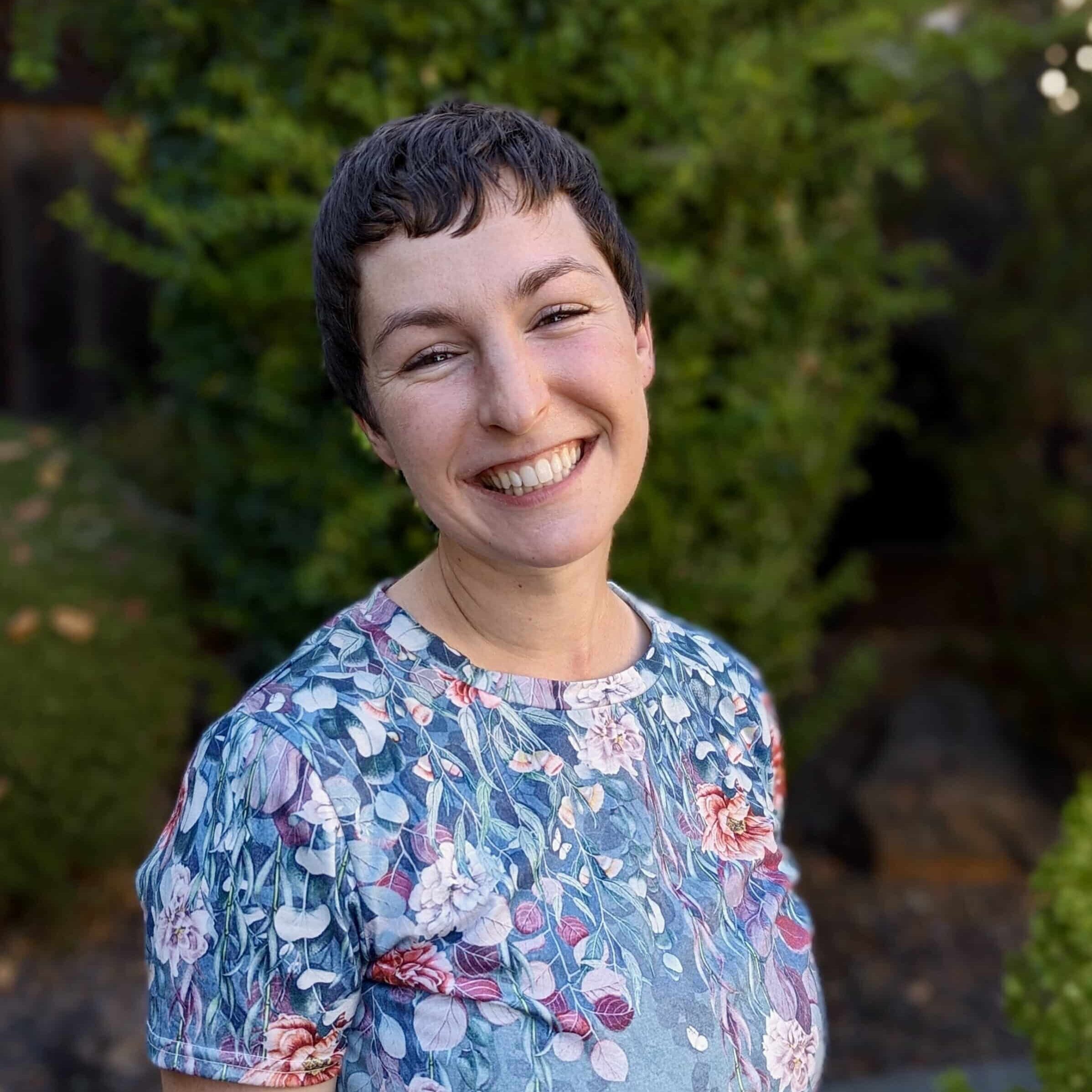
Corner Canyon Health Centers offers the SGB shot to clients who struggle with PTSD symptoms. A recent Veteran’s Administration study demonstrates efficacy of a long acting anesthetic injected into the stellate ganglion nerve plexus in the neck. Veterans with PTSD had a statistically significant reduction in trauma symptoms following a series of 2 or more shots over a 2-6 week period, and ongoing if needed. The shot for PTSD has been used in the United States since 1925 for pain relief, and over time improvements in depression, anxiety, and other PTSD symptoms have also been noted.
Currently available treatment options for PTSD and a shot for PTSD have limitations for various reasons. Medications have limited efficacy and potentially problematic side effects, with improvements similar to placebo. Most individual therapists are not certified in EMDR and Brainspotting, which are most effective in an emotionally safe environment, however many people do not have access to or choose to enter a setting like Corner Canyon which facilitates this effectiveness. People who are continually engaged in situations which induce trauma responses, like First Responders, active service members, ER personnel, domestic violence victims, etc, are retraumatized continually and traditional treatments are slow and inadequate for helping these people.
SGB treatment focuses on the part of a client’s nervous system, the stellate ganglion, that regulates the physiological reactions like “Fight or Flight” people experience in response to trauma. Long term effects like flashbacks, anxiety, depression, insomnia, and inability to function normally respond quickly to this intervention, leading rapidly to improved quality of life, reduction of stress, better coping with existing stress, improved sleep, and many other benefits.
“Conclusions and Relevance: In this trial of active-duty service members with PTSD symptoms (at a clinical threshold and subthreshold), 2 SGB treatments 2 weeks apart were effective in reducing CAPS-5 total symptom severity scores over 8 weeks”
Although these are not common Corner Canyon clients, Washington University researchers in 2018 deduced that incarcerated “male prisoners have a point prevalence rate of PTSD that’s five times higher than that of the general population. As many as half of the people who need mental health treatment don’t get it when they’re in custody, NPR reported last year, which likely contributes to the reason why inmates released from state prisons have a 5-year recidivism rate of 76.6%, according to Bureau of Justice Statistics”.
Treating PTSD with the SGB shot may reduce prison populations by improving their mental health. Males are more likely to act out in reaction to trauma symptoms, due to testosterone and other factors, and it is important to provide treatment and relief in order to help them establish functional lives.
Corner Canyon clients already experience a 51% reduction in PTSD symptoms during an average stay of 67 days, an unusual response rate due to our clinical interventions like EMDR and Brainspotting, Neuroenhancement Brain Technology, skilled individual and group therapy, and our safe emotional environment. We are excited to offer Stellate Ganglion Block shots to clients to improve that effectiveness. We are observing that because the shot works quickly to relieve symptoms, our clients are able to fully engage in treatment sooner, increasing the benefits of our other treatment interventions for rapid and lasting improvement.
Treatment protocol includes two shots administered 2-6 weeks apart and can be completed after treatment on an outpatient basis if clinically indicated. Clients fill out descriptive paperwork regarding their current symptoms prior to making their appointment, which medical personnel review carefully to ensure that clients are a good fit for the PTSD shot. The shot for PTSD is administered with ultrasound or X-ray needle guidance, and clients receive a local anesthetic at the beginning of the procedure. X-ray dye may be used to assist in guiding the needle to the correct location in the nerve plexus. Clients describe feeling “a needle prick and some pressure” as the needle goes into the neck and nerve plexus. The shot procedure takes 15 minutes and clients may receive relief of PTSD symptoms in as little as 30 minutes. The shot “reboots” the Sympathetic Nervous System, similar to restarting a computer or phone to restore the device to a previously higher level of functioning. There is new evidence that the long acting anesthetic blocks Nerve Growth Factor, which increases during times of stress and can remain “stuck” in a higher output range in some people..
Clients may have some brief side effects such as partial facial paralysis, which clears up within 12 hours. Also noted as temporary effects are:
The first shot may or may not provide relief, and sometimes it is short term, but the second shot provides much more improvement and lasts longer, from 6-12 months. Shots can be administered on a long term basis, however our goal at Corner Canyon is to use the reductions in PTSD symptoms to enable quicker and deeper clinical work, combined with skill building to assist in maintaining significantly lowered PTSD symptoms over time.
Clients have described their immediate response to the PTSD shot, feeling “lighter, like a weight has been lifted off my shoulders”, relief, “pink cloud”, being happy for no reason, losing the sense of impending doom when they think about stressful situations, waking up relaxed instead of anxious, relief of upper body tension and pain, improvement in breathing (deeper and not constricted). Hypervigilance is down, clients describe being able to enter a room and sit anywhere, not with a view of the door and people entering and moving around. Sleep disruptions are reduced, and flashbacks and nightmares are rapidly reduced. Clients describe a reduction in their startle reflex, “fight or flight” response, and other symptoms.
A client’s therapist described how after the first shot, the client was able to do much deeper EMDR work and make faster progress in treatment.
Clients who are considering the shot may have concerns about whether the shot impacts their cognitive performance or ability to respond quickly to a crisis, and that has not been found to be the case.
About the range of what the Stellate Ganglion Block shot can impact. Improvement has been noted in concerns like:
Memory Problems. “There is emerging evidence that the SGB shot improves memory, studies have shown that as many as 80% of military veterans undergoing PTSD treatment with comorbid alcohol use disorder report difficulties with memory and concentration. Alcohol and other substance use are common responses to PTSD as clients attempt to manage their feelings of distress. “After his first SGB injection, the patient reported marked improvements in PTSD symptoms and an improvement in memory function. After a second SGB injection, performed 90 days after, the patient stated he perceived the improvements as more pronounced. Relative to his baseline and first SGB outcomes assessments, it was reported that the patient’s memory function had substantially improved more than 60 percent. In addition, prior to the first injection, the patient said he was non-employable. Following the first injection, the patient was able to secure a full-time position in the construction industry.”
Hot Flashes. The 2011 article by Lipov and Kelzenberg concentrated on the neurobiology underlying SGB and SBG treatment. The authors summarized the results from previous trials, stating that the perimenopausal estrogen decrease causes increased concentrations of nerve growth factor that, in turn, lead to sympathetic nerve sprouting in the cortex and increased brain norepinephrine. SGB treatment is known to reduce nerve growth factor, leading to the reversal of the process and thereby leading to symptom resolution of hot flashes. Lipov and Kelzenberg concluded that understanding the neurobiologic mechanism of action underlying the SGB effect may offer additional insight into the etiology and treatment of hot flashes.
CRPS (Complex Regional Pain Syndrome), Fibromyalgia, Trigeminal Neuralgia, and other variously understood problems. Stellate ganglion blocks are also used to see if blood flow can be improved in circulation problems typically from Raynaud’s disease or CREST syndrome (limited scleroderma), which can also improve mobility.
In conclusion, the SGB Shot Offers many potential benefits to clients in recovery. At Corner Canyon Health Centers, we are excited to be adding this to our many other effective treatment modalities to help our clients get and stay well. If you are seeking recovery treatment or have questions about Stellate Ganglion Block shots or any of our other treatments, reach out to one of our specialists today.
